OLD IRONSIDES
It has always been the destiny of America to be a seagoing nation. The vast waters of two great oceans border her to the east and west, avenues for the exchange of goods between the Old World and the new. At the birth of the United States of America, the patriots who affixed their signatures to the Declaration of Independence included many with mercantile backgrounds who owed their livelihood to the sea. The success of their endeavor to create a new nation depended on their ability to withstand Great Britain on land and on sea. Thus, into the flames of revolution was cast a small collection of sailing ships and seafaring men, which the Continental Congress actually created on October 13, 1775, some nine months before it proclaimed the indepenence of the colonies.
Early in 1794, innovative Philadelphia shipbuilder Joshua Humphreys suggested that the United States, whose congress then was considering building a navy, ought to construct oversize frigates capable of beating anything roughly their size and fast enough to escape a superior force. A few months later, Humphreys found himself selected to design the authorized frigates. One was launched in Boston on October 21, 1797, receiving the name Constitution.
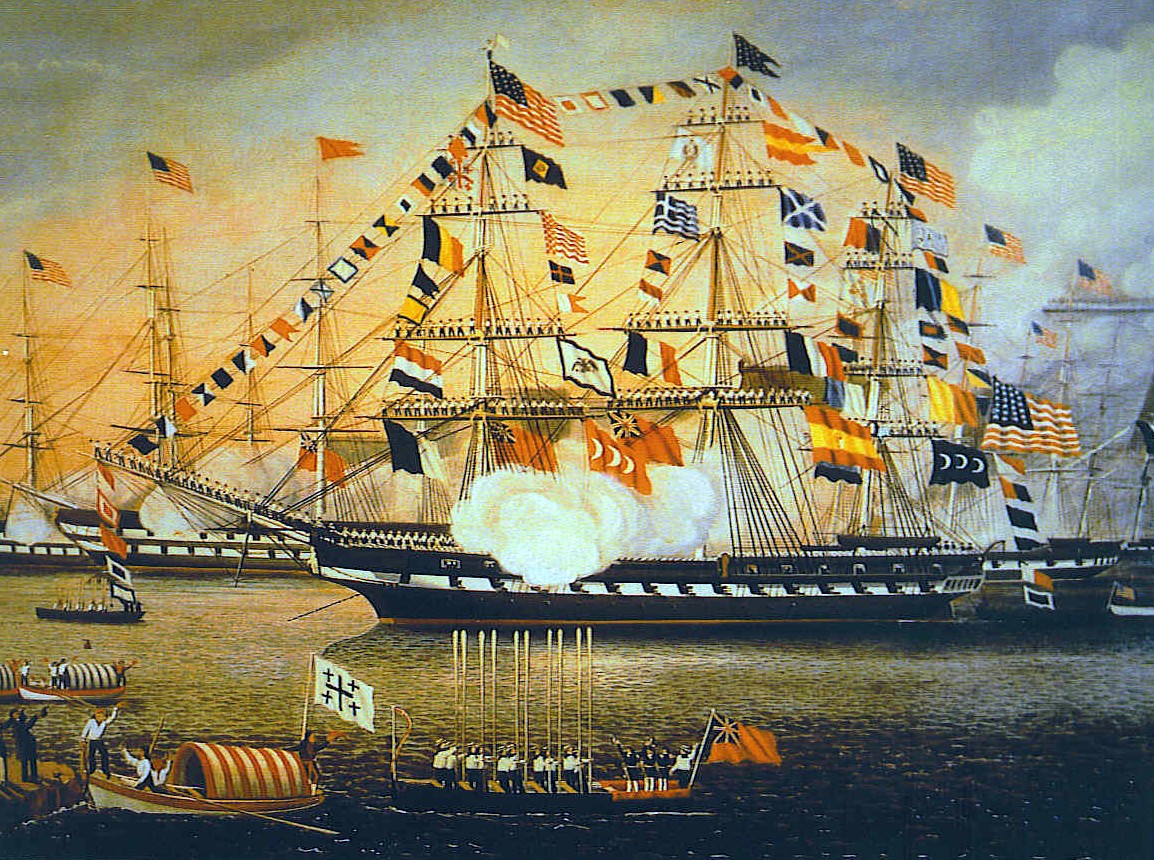
USS Constitution is a wooden-hulled, three-masted heavy frigate of the United States Navy. Named after the Constitution of the United States of America by President George Washington, she is the oldest commissioned naval vessel afloat in the world. Constitution, launched in 1797, was one of the six original frigates authorized for construction by the Naval Act of 1794.
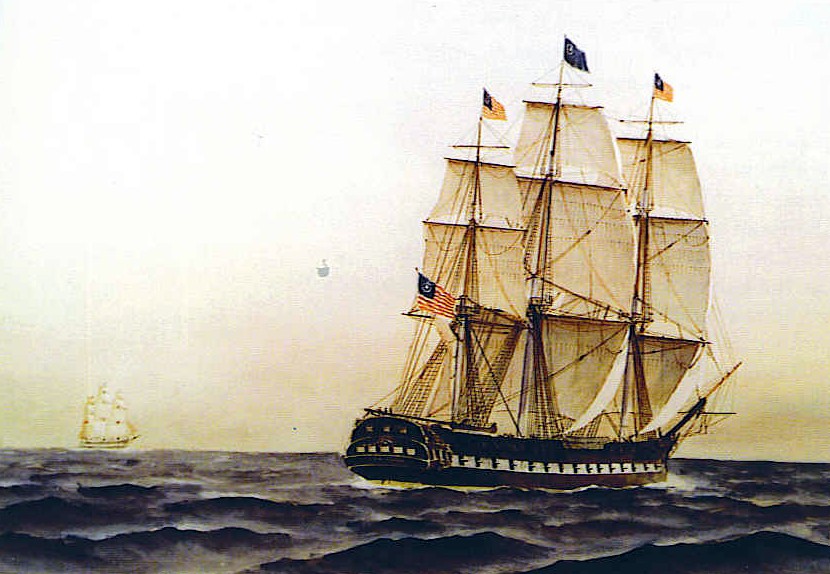
Joshua Humphreys designed these frigates to be the Navy's capital ships, and so Constitution and her sisters were larger and more heavily armed and built than the standard frigates of the period. Built in Boston, Massachusetts at Edmund Hartt's shipyard, her first duty with the newly formed United States Navy was to provide protection for American merchant shipping during the Quasi War with France and to defeat the Barbary pirates in the First Barbary War. Her most famous era of naval warfare was the War of 1812 against Great Britain, when she captured numerous merchant ships and defeated five British warships: HMS Guerriere, HMS Java, HMS Pictou, HMS Cyane and HMS Levant. The battle with Guerriere earned her the nickname of "Old Ironsides" and public adoration that has repeatedly saved her from scrapping.
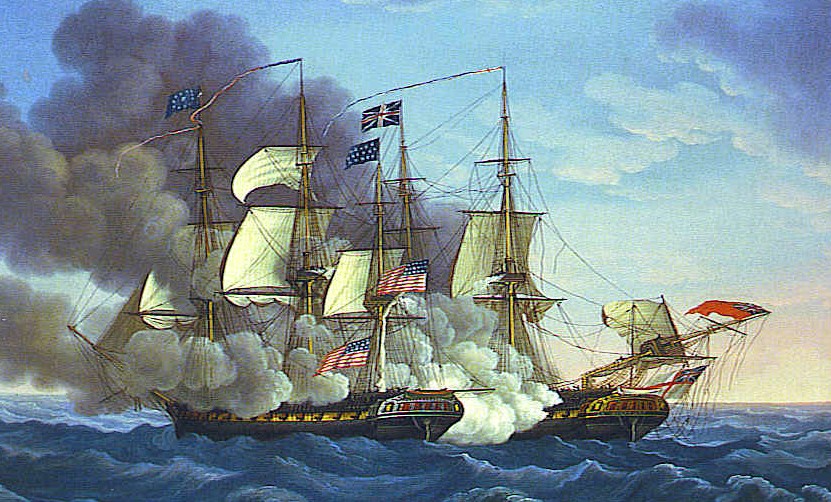
She continued to actively serve the nation as flagship in the Mediterranean and African squadrons and circled the world in the 1840s. During the American Civil War she served as a training ship for the United States Naval Academy and carried artwork and industrial displays to the Paris Exposition of 1878. Retired from active service in 1881, she served as a receiving ship until designated a museum ship in 1907. In 1931 she made a three year 90-port tour of the nation and in 1997 she finally sailed again under her own power for her 200th birthday.
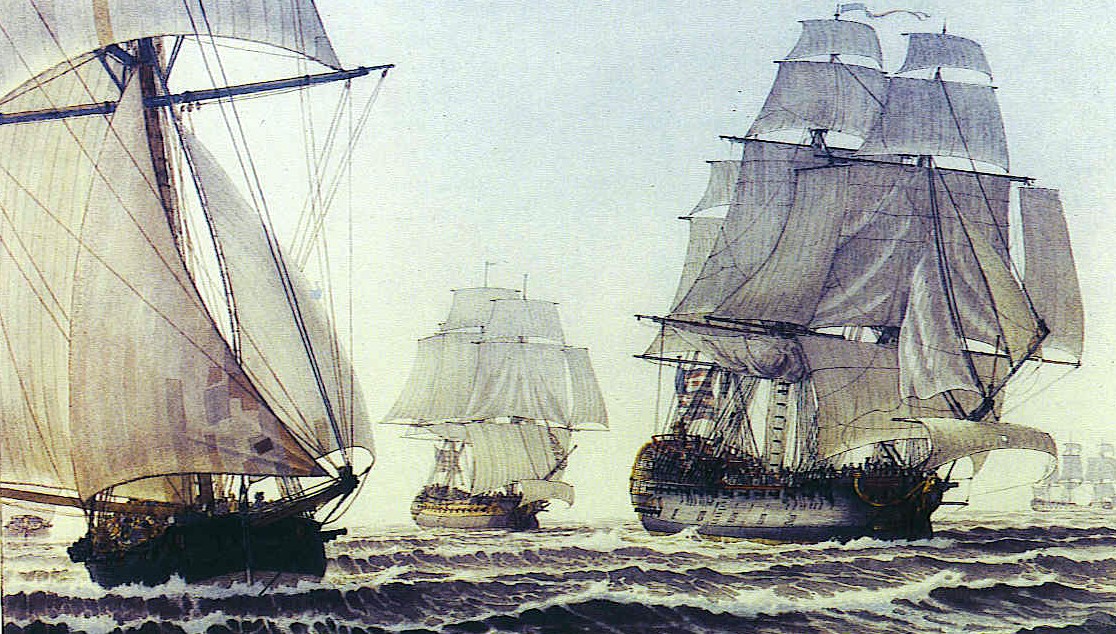
Constitution's mission today is to promote understanding of the Navys role in war and peace through educational outreach, historic demonstration, and active participation in public events. As a fully commissioned US Navy ship, her crew of 60 officers and sailors participate in ceremonies, educational programs and special events while keeping the ship open to visitors year-round and providing free tours. The officers and crew are all active-duty US Navy personnel and the assignment is considered special duty in the Navy. Traditionally, command of the vessel is assigned to a Navy Commander
 OLD IRONSIDES
OLD IRONSIDES
 Old Ironsides Museum
Old Ironsides Museum
 Naval History
Naval History
 History Central
History Central
 Maritime Quest
Maritime Quest
 Naval Order of the U.S.
Naval Order of the U.S.
 USS Constitution
USS Constitution









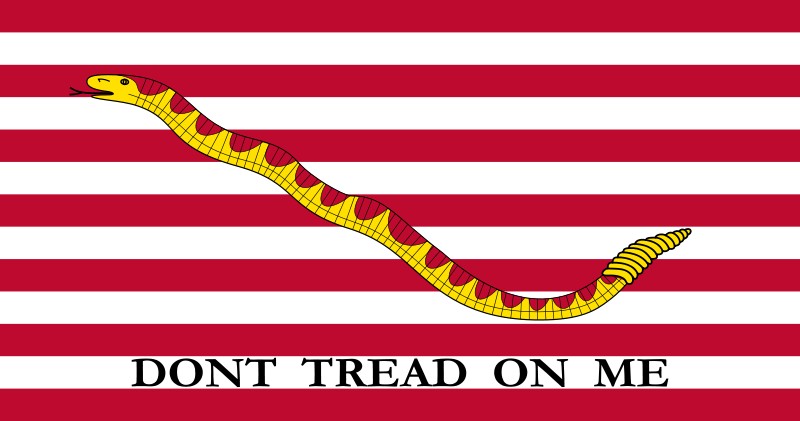
 OLD IRONSIDES
OLD IRONSIDES 